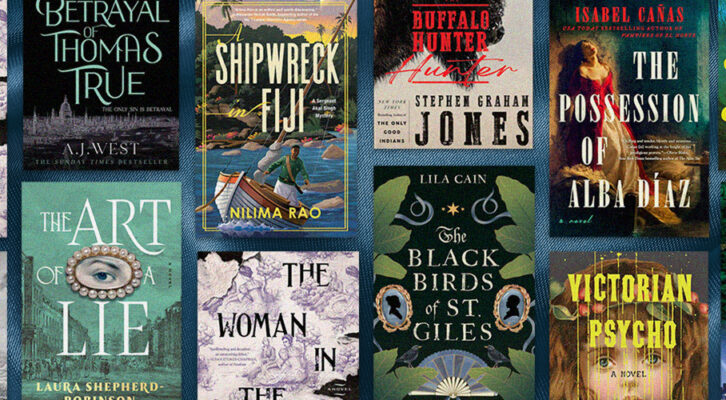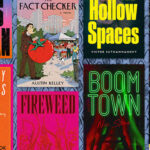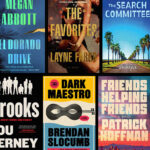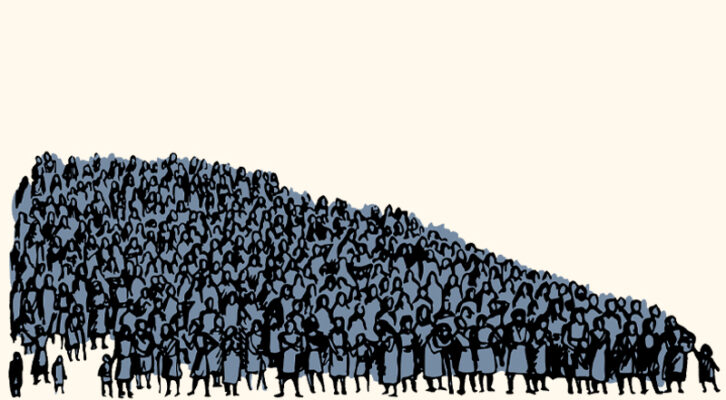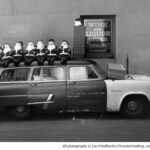The woods are never just the woods. That’s true in the Bible and the Epic of Gilgamesh, in Hawthorne and in Jack London, and in crime stories dealing with nature and survivalism, a term that can include living off the land, or “prepping” for the end of civilization.
In high school English we learn to identify the three types of conflict (Can you name them off the top of your head? Answer at the end). But humans are part of the natural world, and there are no clean divisions. In most stories of a character struggling against the environment, the wilderness contains what they bring to it, and what they look for.
Scouts and Guides are taught how to pack and carry only what they need. To set up shelter, cook meals, store food in a way that won’t attract predators, and to leave things as they find them.
Being prepared puts kids in the lineage of Indigenous land stewards, settlers and voyageurs. The skills themselves are important, but so is the attitude to nature and to oneself: you can survive on your own—and may need to someday.
In “The Moral Equivalent of War,” William James suggests that a world without armed conflict could build character and community spirit through struggle with the natural world. “The military ideals of hardihood and discipline would be wrought into the growing fiber of the people,” James writes; “no one would remain blind as the luxurious classes now are blind, to man’s real relations to the globe he lives on.”
There’s nothing essentially male in outdoor survival, of course. But there’s a sense in James’ essay (and in much of Western literature) that the wilderness holds the solution to crises in masculinity and adolescence. Young people accustomed to the privileges of an easy city life, James says, could go into nature “to get the childishness knocked out of them, and to come back into society with healthier sympathies and soberer ideas.”
City and country, community and solitude, weakness and strength, youth and adulthood. These are themes in crime fiction, too.
From the genre’s origins, nature is associated with senseless violence and superstition. The killer in Poe’s “The Murders in the Rue Morgue”—spoiler alert—is an escaped orangutang, an example of wildlife run amok in the city. Catching the ape restores order and peace.
The Hound of the Baskervilles takes the opposite tack: Holmes and Watson leave the smog-bound streets of London to impose order and rationality on the desolate Grimpen Mire. Solving the case not only catches the murderer, it proves that humans can master their environment, that science can trump superstition.
In Robert B. Parker’s standalone thriller Wilderness, author Aaron Newman identifies a killer in a police lineup, only to come home and find his wife Janet tied up with cuts on her stomach. Janet’s desire for revenge and Aaron’s need to regain his sense of agency lead the couple to pursue the killer into the wilderness in order to kill him.
A Freudian could read a lot into Wilderness; in the story, the woods are where society ends, making redemption and personal growth possible.
Parker’s Early Autumn takes this even further. His Boston PI, Spenser, is hired to rescue a spoiled fifteen-year-old, Paul Giacomin.
Instead of returning Paul to his wealthy and negligent parents, Spenser “kidnaps” the boy himself, taking him into the woods and teaching him self-discipline and survival. The two build a cabin, and over several weeks Paul becomes more physically and mentally sound. Abuse or salvation, kidnapping or intervention?
Gin Phillips’ thriller Fierce Kingdom stands this types of survivalist story on its head. Armed shooters take over a zoo, cutting the power, and trapping Joan and her four-year-old son Lincoln inside. Mother and child must survive a night among the cages of wild creatures, pursued by young men carrying out an act of domestic terror for reasons she never finds out.
In Phillips’s story, nature and civilization are endlessly entangled, and the danger of the wild creatures is more than matched by the human antagonists pursuing Joan and Lincoln.
*
Nature is close at hand in the Pacific Northwest; even in major cities like Seattle, you’re never more than an hour from the great outdoors. My own interest in survival stories sprang from two books: My Side of the Mountain by Jean Craighead George, and Gary Paulsen’s Hatchet. A Cub Scout with little interest in juvenile literature books, I found these novels of city-raised kids learning to survive in nature inspiring.
The mindset behind survivalism fascinates me, and seems worth exploring in a novel. Parts of it are undoubtedly beneficial: developing self-reliance and a connection to the natural world, learning to make and fix and grow things. This beats AI and doomscrolling any day.
But there’s a dark vein running through survivalism, a connection with Millenarianism and a courting of the end of the world. Withdrawing from society, treating other people as enemies.
And yet still buying junk, endless, endless junk. Peruse a few prepper websites and you’ll see sponsored content advertising End Times-themed coffee, a “bolt-action pen” (actually a tungsten-tipped weapon that can slip through security screenings), and the Ka-Bar Tactical Spork. Whatever happened to roughing it?
My novel A Lonesome Place for Murder focuses on survival and survivalism. Ethan Brand, chief of police in the small border town of Blaine, Washington, stumbles on an abandoned smuggling tunnel. Inside lies a body carrying the ID of Tyler Rash, a childhood friend of Ethan’s. Both boys were trained by Ethan’s survivalist father, who himself went missing when Ethan was fifteen.
Finding out what happened to Tyler Rash involves a trip into the wilderness, as well as untangling Ethan’s own complicated past. Nature is where the answers are. And where danger awaits.
Themes of survival run through North American culture, and crime fiction is no exception. Whether imposing order on the world, finding adulthood and agency in the wilderness, or questioning the sometimes-toxic effects of extremism, crime stories that pit one person against another, or against their environment, are often ultimately about a person in conflict with themself.
***




